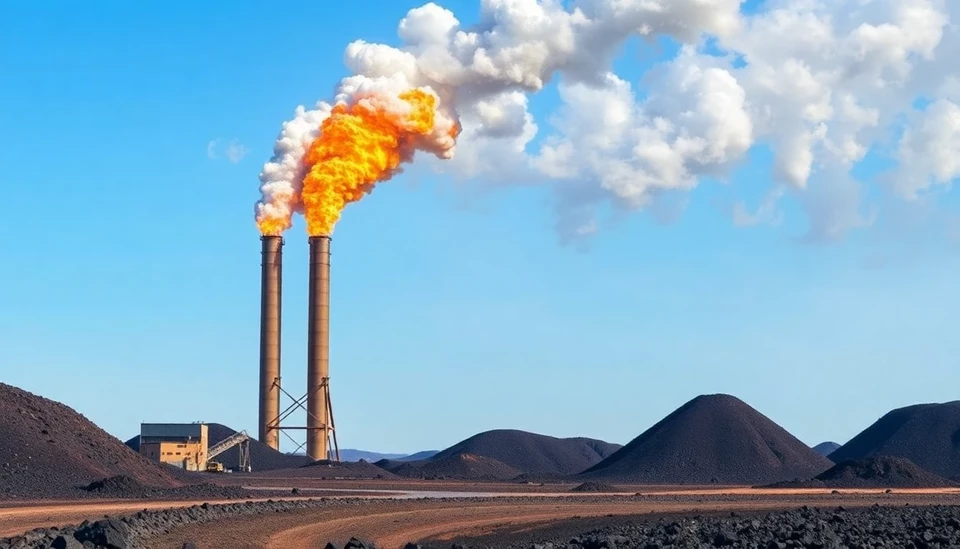
In recent months, coal prices have plummeted to their lowest levels in four years, sparking discussions about the potential repercussions this trend could have on the global energy market. As it stands, the coal industry is facing significant challenges that may threaten supply stability in the near future, despite the current apparent abundance.
The sharp decline in coal prices has been attributed to a combination of factors, including a slowdown in demand, particularly from major coal-consuming nations such as China and India, as they pivot towards cleaner energy sources. Additionally, the ongoing effects of economic downturns have resulted in a major reduction in industrial activity, further dampening demand for coal.
While prices are currently favorable for consumers, many industry experts warn that this situation may not last. With low prices discouraging investment in new coal production and the gradual closing of older mines, a supply squeeze could become imminent. The International Energy Agency (IEA) has noted that many coal mining operations around the world are already at risk of shutting down due to economic unviability at these price levels.
In the background of these low prices is a growing sentiment among investors and analysts that the transition towards more sustainable energy solutions poses a long-term threat to the coal industry. Governments around the globe are increasingly implementing policies aimed at reducing carbon emissions, which has further contributed to the stagnation in demand for coal.
Looking ahead, if the industry does not self-correct through new investments or technological innovations, experts speculate that we could see a significant squeeze on coal supply by the end of this decade. This would send prices soaring once again, potentially impacting energy prices and the overall economy globally, particularly in regions heavily dependent on coal for electricity generation.
Economists maintain that this upcoming supply challenge is compounded by geopolitical tensions and logistical challenges associated with transporting coal. As countries grapple with their own energy security concerns, the intricacies of coal supply chains become more pronounced, potentially leading to increased volatility in coal prices in the foreseeable future.
As the world transitions to greener energy forms, the legacy of coal—while under pressure—still holds a fundamental role in the global energy landscape. The juxtaposition of the current low prices against the forecast of looming supply crunches serves as a stark reminder of the intricate balancing act required in energy policy and market dynamics.
Moving forward, stakeholders across the energy sector, from producers to consumers and policymakers, must remain vigilant in monitoring market signals. The implications of fluctuating coal prices could ripple across economies, shaping energy strategies and environmental policies for years to come.
To sum up, while today’s coal prices may appear benign, the market dynamics suggest that the industry could face serious challenges that may culminate in a supply crisis in the near future. Stakeholders in the energy sector must remain alert as they navigate these significant transitions in energy production and consumption.
#CoalCrisis #EnergySupply #CoalPrices #MarketTrends #SustainableEnergy
Author: Daniel Foster




